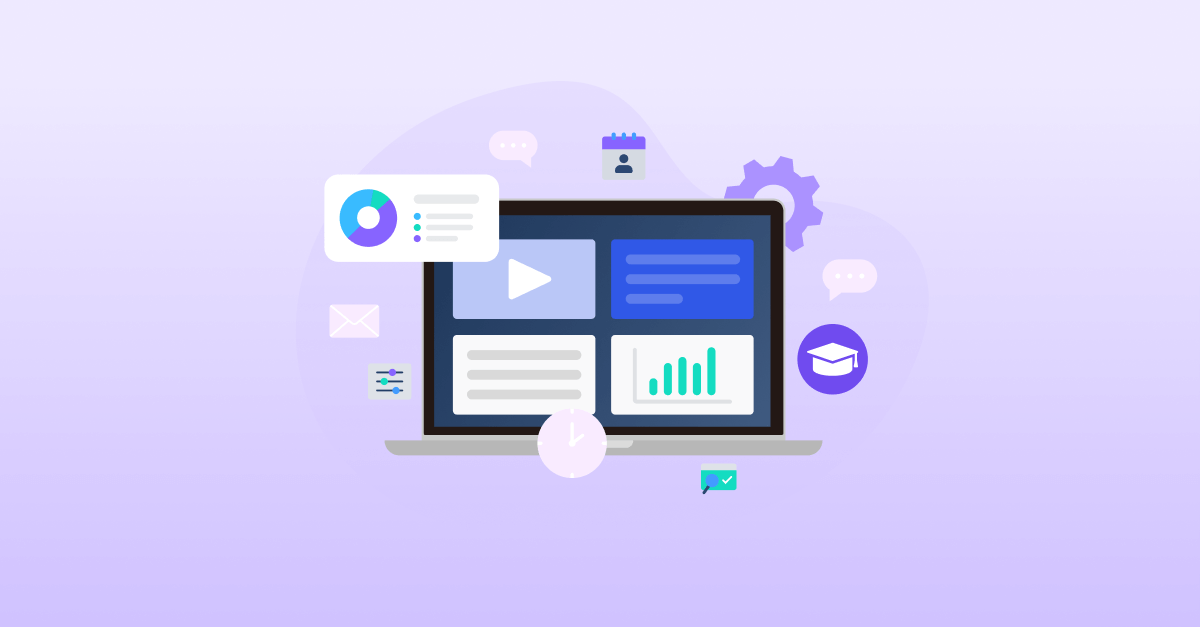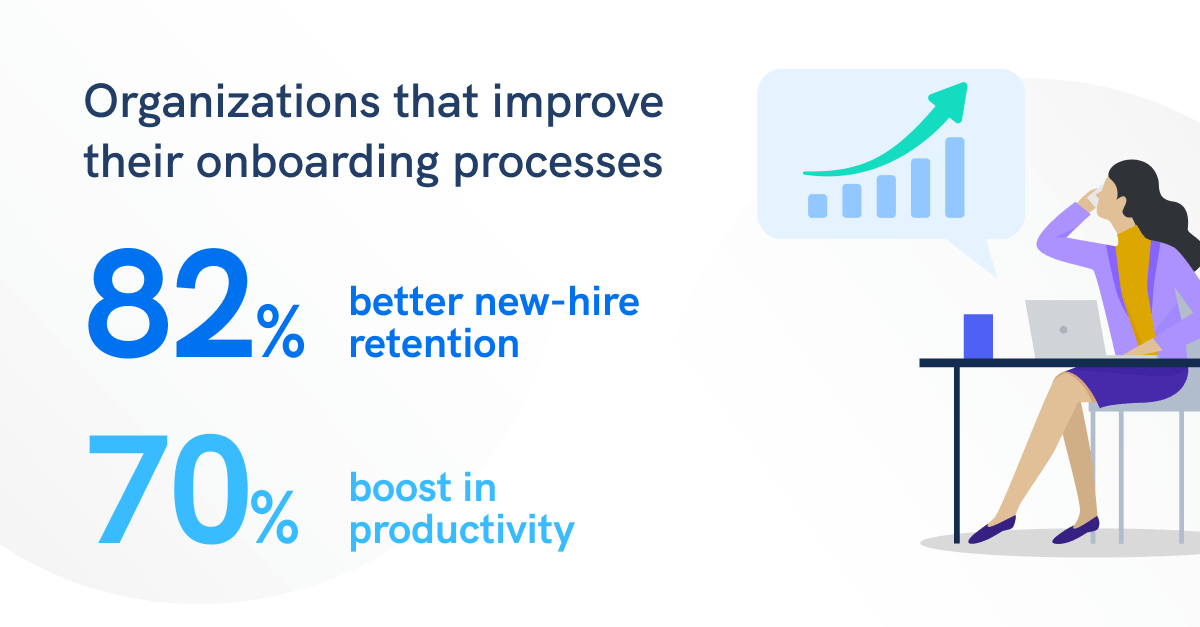
Learning management systems (LMS) are playing an increasingly important role in helping businesses onboard employees and contractors. These applications are not just relevant for construction companies but any organization that hires temporary workers that need special training. This can include the logistics industry, office buildings, healthcare facilities, schools, and industrial or manufacturing facilities.
Employers whose businesses require safety training, education and onboarding have looked to a learning management system to house the learning process and its materials. Below, we'll walk you through the basics of learning management systems.
Learning management systems are used for virtual learning (as opposed to classroom-style learning). An LMS is a software application that handles the storage and delivery of educational courses and training materials. These systems also track and report on educational goals and milestones. In some cases, applications called competency management systems (CMS) are used for skills training and competency management, but these systems work in essentially the same way when they're used for adult job training/corporate learners.
When a contract workforce needs to be informed of a company's best practices, become more knowledgeable about their products, or get training on their systems before beginning a job, an learning management system can typically deliver this material at any time and on any device. However, a visitor management system like Sine takes things a step further to close the liability gap by confirming that they received that training.

Whether public health mandates keep employees out of worksite training areas or you have a temporary, hybrid, or remote workforce, you can use a learning management system to deliver company training materials to regular employees. A recent poll showed that 162 million people in the EU and US (equivalent to 20% to 30% of the working population) are contractors, so this educational application is more relevant than ever.
A learning management system can also allow organizations to send training materials to anyone, anywhere, and at any time so they can learn when and where they want (asynchronous learning).
Since a learning management system allows an employer to upload learning materials of all types - written, audio, or video - anyone from new employees to contractors to volunteers can learn. This material could include safety protocols necessary for being on a construction or manufacturing site, new diversity and inclusion initiatives and training that went into effect during the pandemic while they were working remotely, or any other company best practices. If contractors need OSHA training or other occupational training, a company or the temporary employee's general contractor can give them access to the material as well as tests, checklists, and certificates of completion through the application.
The 4 different types of a learning management system (LMS) deployment options are:
Most companies use a learning management system to create standard employee trainings, but there are other ways you could use online learning to enhance your company's learning programs.
LinkedIn Learning’s 2021 Workplace Learning Report indicates that 73% of Learning & Development expect to decrease spending on instructor-led training and 79% expect to boost spending on online learning.
By 2026, the global online learning market is forecast to reach over $370 billion. While digital learning tools may only partially take the place of in-person learning experiences, they can be an excellent way to deliver training materials to workers. This is especially important in the new era of the hybrid and remote workforce and the rise of temporary workers, consultants, and contractors when extensive on-site training isn't practical or efficient.
By using Sine for contractors, in place of or alongside your learning management system, you can ensure your organization covers its bases when it comes to providing the right resources to employees and contractors, giving them more time to familiarize themselves with new systems and protocols, work on site safely, stay compliant, and sign liability waivers that they've read and understood.